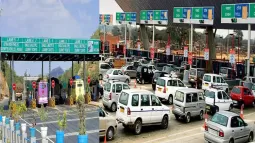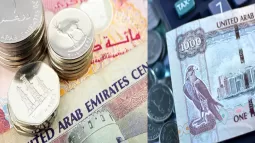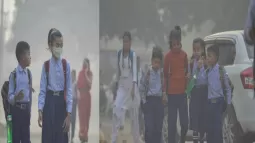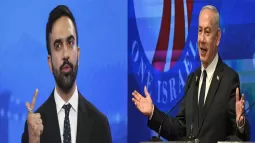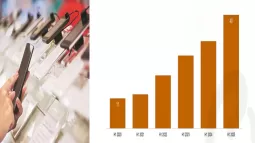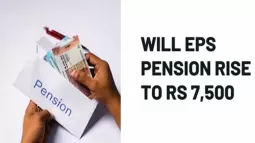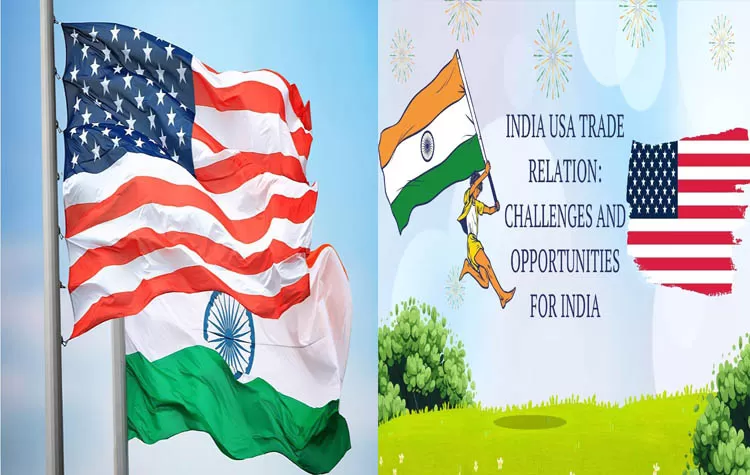
Present Scenario for Indian Students and Professionals
IT expert Dr. K. Phanirajkumar, President of the JNTU Alumni Association in Texas, said that Indians, especially students and software professionals, continue to have opportunities as well as issues in the United States. Regardless of anxieties regarding visa restrictions and policy measures taken during the Trump administration, he does believe there remain fresh opportunities for talented professionals.
Universities and U.S. IT companies are looking for alternative strategies considering the new university admissions and H-1B visa program rules. According to Dr. Phanirajkumar, U.S. businesses will also expand their presence in India by establishing additional Global Capability Centers (GCCs), relying less on foreign visa programs.
Provisions for Indian Students in the U.S.
Indian students in the United States also have their own set of benefits and drawbacks. India's top universities still prioritize Indian students for admissions. F-1 visas and the Optional Practical Training (OPT) program for international students still are not free from ambiguity.
F-1 visa holders have a right, according to their universities, to work part-time for up to 20 hours a week legally. However, foreign students are considered by some local citizens as competitors for small jobs, and this has, on a few occasions, caused isolated incidents of violence in work places like departmental stores and petrol stations.
Impact of Foreign Student Restrictions
A fresh directive restricts international students to 15% of total admissions in American colleges. This policy can reduce the number of Indian students traveling to the U.S. for studies. Previously, around 70,000 Indian students made trips annually for higher studies. Dr. Phanirajkumar indicated that if this number is reduced, American colleges will also face declining diversity and revenue. He recommended that prospective students verify all the admission-related details with university authorities prior to applying for subsequent academic sessions.
Job Prospects under the New H-1B Visa Regulations
Only experienced software professionals are likely to get employment opportunities in American companies under the revised H-1B visa system. An average of 15,000 to 20,000 professionals from the Telugu states travel annually under this category of visas. The new requirement to pay $100,000 for each visa, however, can significantly reduce the figure, with as much as 70% of the applicants likely to be unable to do so.
Increased Global Capability Centers in India
Dr. Phanirajkumar confirmed that several American Information Technology (IT) companies are putting more emphasis on setting up Global Capability Centers (GCCs) in India than significantly relying on H-1B visa schemes. It is claimed that these centers will create new employment opportunities in software development, data analysis, computer security, and artificial intelligence.
There are approximately 1,100 GCCs that are already operational in India. In the next five years, companies plan to open a further 2,200 centers. This expansion has the potential to provide employment to 20,000 to 30,000 software engineers every year, giving a tremendous fillip to the technical manpower of India.

